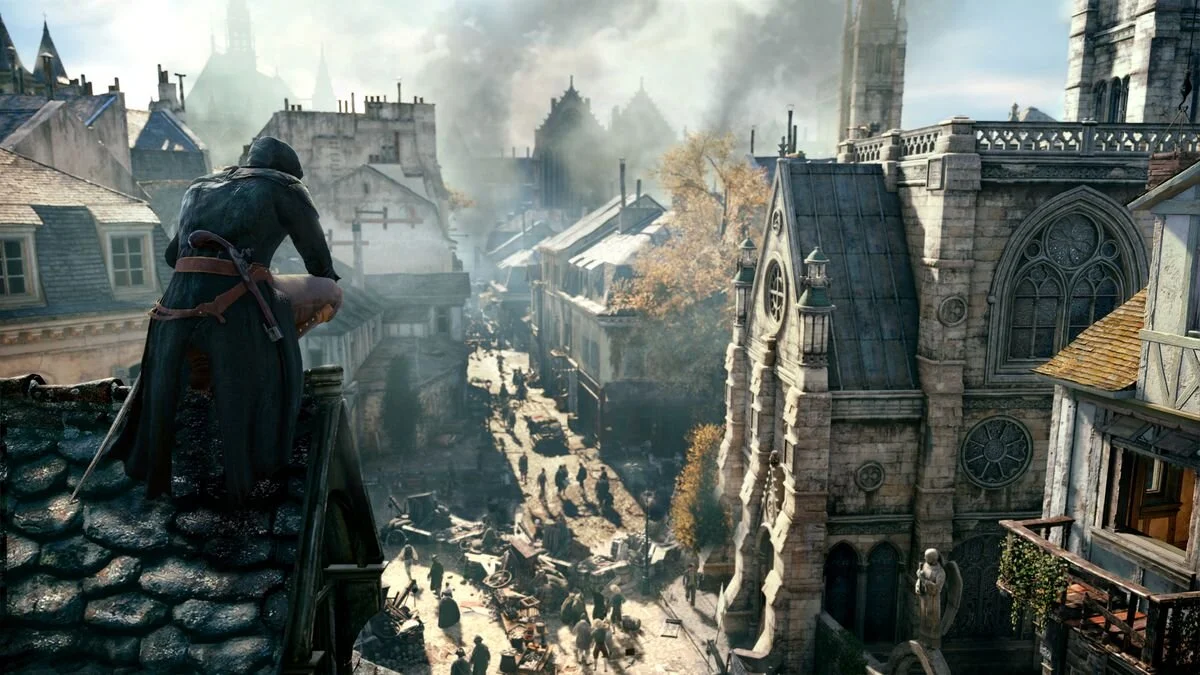Sekiro: FromSoftware’s Most Accessible Title Yet
Before you get angry I don’t mean the game is easy, or particularly forward thinking in terms of disability accessibility. What I mean when I say Sekiro is accessible is that, to me, it seems to be FromSoftware’s most helpful and rewarding game to date.
Sekiro starts with an actual tutorial… Let that sink in. A FromSoftware game that starts with a legitimate tutorial. Not a boss, but a section designed to teach you how to be stealthy, how to attack, and how to deflect. It teaches you about the multiple killing blows mechanic, the climbing, the running, the jumping. It even teaches you how to equip items (I actually had to google that when playing Bloodborne). There are several types of attacks in game that aren’t explained here (or at all as far as I can tell) but with some experimenting you can find them all pretty easily. It still lets you find things out on your own, but it doesn’t leave you completely in the dark either.
Sekiro has a lot more talking than any of the soulsborne game I’ve played. I found myself checking in with Emma and the Sculptor (two NPCs who not only upgrade your equipment but provide context and narrative) after most of the checkpoints in the early game to get more lore and direction from them. It helps that Emma actually tells you to come back and talk to her if you notice any changes. A white circle appears over NPCs the player can interact with as they get near, so potential interactions become a lot more noticeable. In Bloodborne you had to just know that red lanterns meant a player was in a house, here you have a much more conventional method of alerting the player to their surroundings. Story wise then, the game is pretty good at explaining things to you. There are still NPCs who give you cryptic side quests but where’s the fun in having everything spelled out? The main story is relatively straight forward, and I rarely found myself wondering what to do next.
I found the gameplay a lot more forgiving than previous FromSoftware titles. Firstly, NO STAMINA BAR! You can attack and dodge to your heart’s content without worrying about getting tired and that opens up the possibilities massively. Without the restriction of low stamina, you’re free to go for any opening you create; in a game centred around rhythmic sword combat, this is a great thing. You can rebind the controls to any key to fit how you want to play, which is a great option to have that I think all video games should include. There is a sparring partner available to you at your base area who you can use to practise combat mechanics without worrying about dying constantly too. The real enemies are harder, but this is still more than any other FromSoftware game gave us. I think a tricky aspect of Sekiro is that the game is about deflecting rather than dodging. Bloodborne sort of prepared us for this with its parrying and rally mechanics but it’s still hard to try and deflect a huge sword instead of rolling away from it. Once I unlearned my soulsborne habits I found Sekiro to have the most engaging and rewarding combat I’ve ever experienced in a game.
Finally, the bosses. I found that Sekiro rewards players who dig around and punishes those who rush through the game. Most of the bosses have a specific weakness to a certain prosthetic tool, and since you can change your loadout at anytime in the pause menu (oh yeah, this game has a proper pause button) you’re free to find what works best mid-fight. The first miniboss that seems to give new players trouble is the Chained Ogre. Ogre hard, Sekiro bad. You can eavesdrop on two soldiers just before the ogre (a mechanic explained in the tutorial) to learn that it is afraid of fire. Combine this with what the sculptor said about a prosthetic tool for every situation and your lack of a fire tool and you should realise you’re missing an important item. Backtracking ever so slightly you find a man on a path or an old woman in a house, so take the high or the low road and you find them. The old woman gives you an item you can use to unlock a new area where you find three prosthetic tools, all found via eavesdropping or NPC dialogue, a merchant will even sell you information about the fire tool you need to make the ogre fight easier. You can get through the ogre without this, but it is much tougher. A later eavesdrop reveals horses are startled by gunpowder and lo and behold, the next boss is on a horse. Backtrack a bit to find a merchant selling a gunpowder tool. People playing thoroughly, investigating, and exploring should find themselves with most of the tools they need to help with every boss they come across.
Dara O’Brien once said it’s interesting that video games are the only artform that don’t let you experience it all if you’re bad. Books don’t ask for an essay on your understanding of the themes, but games do challenge you to learn the skills necessary to beat them. Sekiro guides the player more than any other FromSoftware game has and once you unlearn the reflexive desire to roll away from everything, it has possibly the most enjoyable combat I’ve ever experienced. If you’re struggling, talk to an NPC, go and explore some areas, try out some new prosthetic tools; don’t rage quit and say ogre hard, Sekiro bad.








